Sometime in mid-March, I decided to explore a new trail hoping to see some lifers or rare butterflies. Initially there were just some common ones appearing like Archduke, Skippers, Grass Yellows and a couple of Prosotas and Pierrots. Then as I walk further about 50 meters from the trail head, I stumble upon a colony of Brownwings. I hardly seen a Brownwing and suddenly there were a few of them flying around and the good news is that they were 'nesting' there as well.
Brownwings in my opinion are nothing spectacular in terms of colors but they got a unique character as they will oviposit their eggs into a colony of ants and their larvae / "cats" are said to be carnivorous. In the next few slides you will be able to see the natural symbiosis between two biological insects in action. According to literature, most Miletus in the exception of Biggs' Brownwing (Miletus biggsii) are either just fairly common or rare. So let us get to know some of the Brownwings seen at this 'sacred' site.
Initially I thought it could be a Round-band Brownwing (Miletus gopara gopara) but I think it was just a Biggs' Brownwing (Miletus biggsii).
Biggs' Brownwing (Miletus biggsii)
Here it is again as it flew to a more shady place.
The next Miletus could be rare / very rare.
Miletus gallus gallus (Extended Brownwing) ?
This is probably a male as it hardly fly around. It just stood there like a statue.
Miletus gallus gallus (Extended Brownwing)
Miletus gigantes (Giant Brownwing)
Looks like its underside markings are less profound as the M. gallus gallus.
Miletus gigantes (Giant Brownwing)
At that time, only the Great Brownwing (Miletus symethus petronius) was active in oviposting.
As it flew casually around, I followed it while trying to take its upperside photos which is crucial to ID Miletus species.
Great Brownwing (Miletus symethus petronius)
MUCHO GRACIAS !!



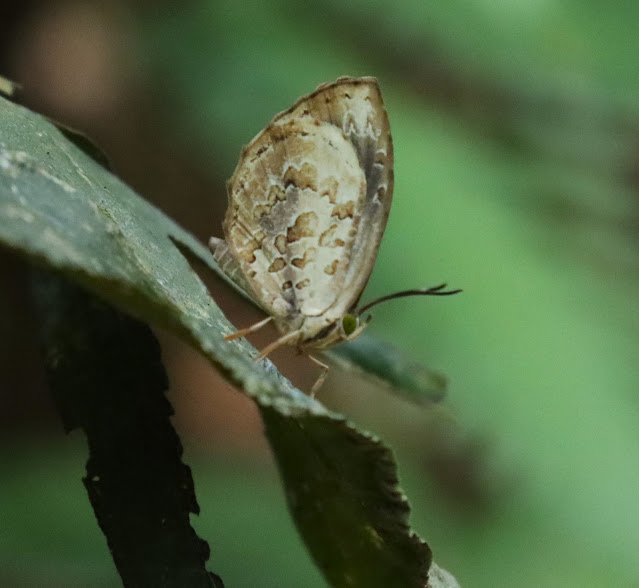

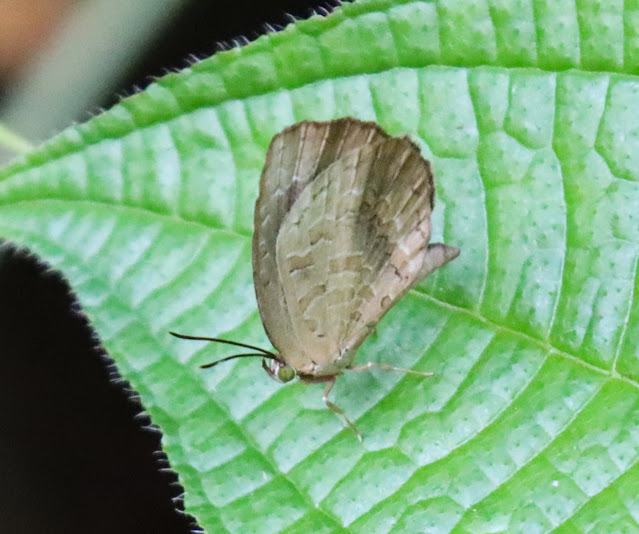






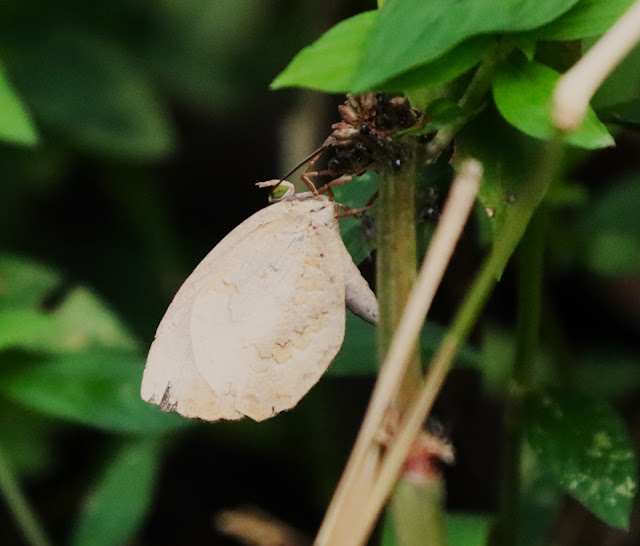






















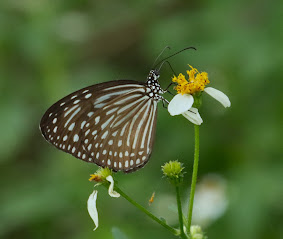























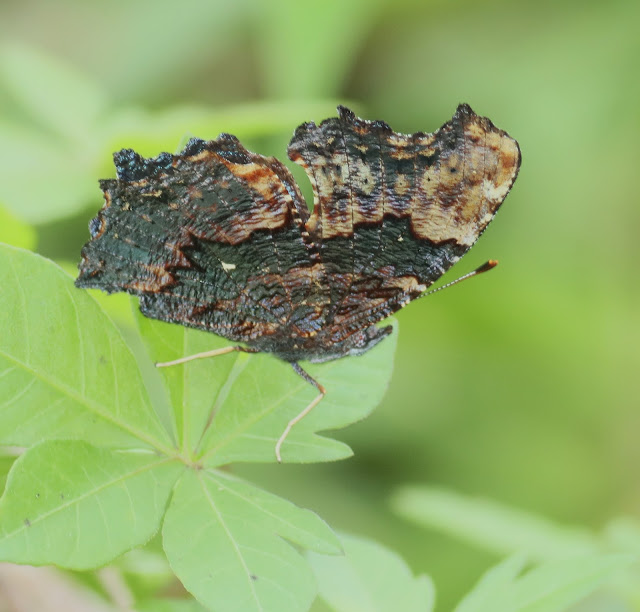

.JPG)